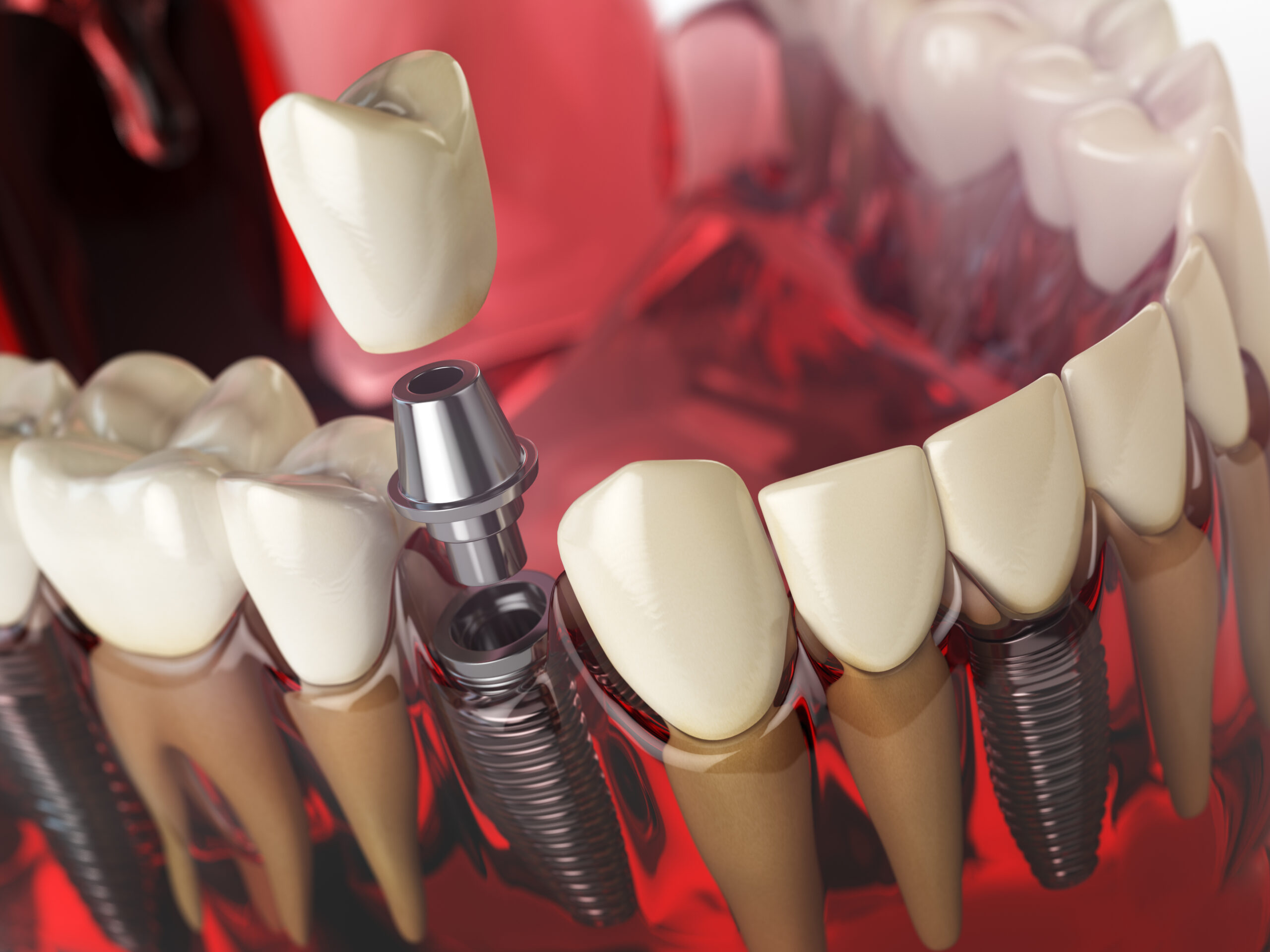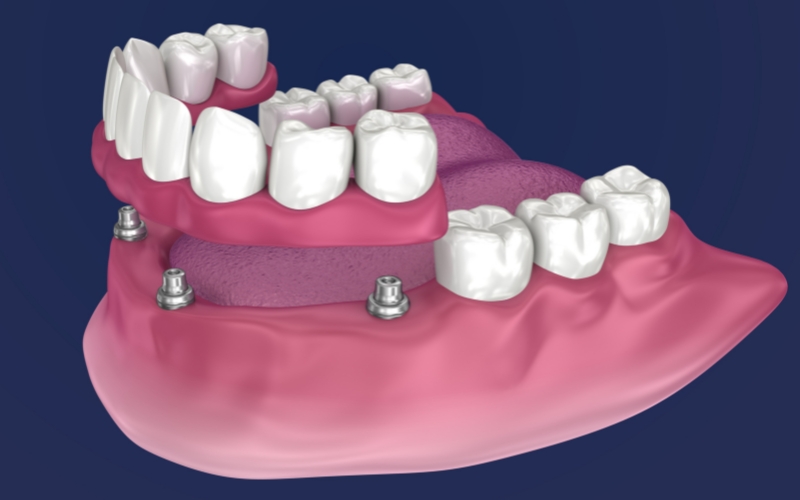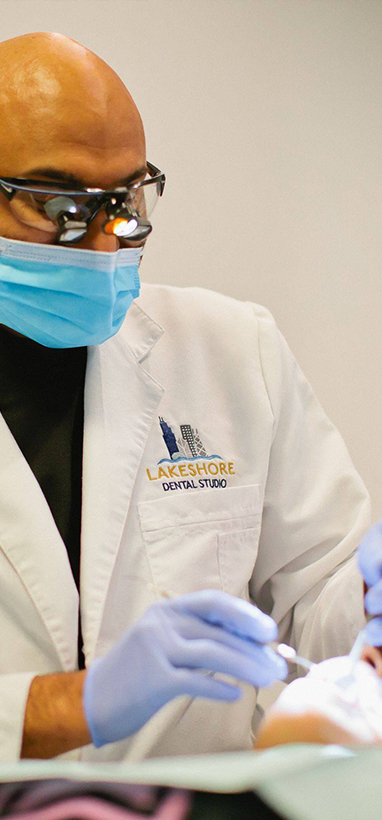5505 N. Clark Street Chicago, IL 60640

Implant Restoration: How To Achieve A Full Natural-Looking Tooth Replacement

Are you tired of hiding your smile because of a missing tooth? You’re not alone. Missing teeth can affect our confidence and make us feel self-conscious. Luckily, dental technology has come a long way in the past few years, and implant restorations are now an excellent solution to replace lost teeth. Not only do they look natural, but they also function just like real teeth! In this article, we’ll discuss everything you need to know about implant restorations and how to achieve a full natural-looking tooth replacement. So let’s dive in!
What Is An Implant Restoration?
An implant restoration is a dental procedure that involves surgically placing an artificial tooth root into the jawbone to support a replacement tooth. This type of restoration is usually recommended for patients who have lost one or more teeth due to injury, decay, or periodontal disease.
During the procedure, the dentist will first evaluate whether you are a good candidate for an implant and then create a customized treatment plan. They will place the implant in your jawbone through a small incision and allow it to fuse with your bone tissue over several months.
Once the fusion process is complete, they will attach an abutment on top of the implanted post which serves as a connector between the post and the artificial crown. The crown itself can be made from various materials such as porcelain, ceramic, or zirconia to match your natural teeth color.
Implant restorations offer numerous benefits over traditional dentures such as improved speech, chewing ability, and long-term oral health. However, not all individuals may qualify for this procedure depending on their overall health status or medical history.
To determine if you are eligible for an implant restoration, speak with your dentist today!
Types Of Implant Restorations
When it comes to implant restorations, there are a few options available that can be tailored to meet specific needs. One of the most common types is a single-tooth restoration which replaces just one missing tooth with an implant and crown. This option offers natural-looking results and helps restore functionality.
Another type of implant restoration is multiple-tooth restorations which use implants to support dental bridges or dentures that replace several teeth at once. These restorations allow for improved comfort, stability, and function compared to traditional removable prosthetics.
For those with significant tooth loss, full arch restorations provide comprehensive replacement solutions using four or more implants to support a fixed prosthesis. This type of restoration provides excellent durability, aesthetics as well as functional outcomes for people who have lost all their teeth in either jawbone.
The type of implant restoration recommended will depend on factors such as the number of missing teeth needing replacement and your overall oral health status. Your dentist can help you determine which type would be best suited for your unique situation while ensuring optimal results post-treatment.
How Does An Implant Restoration Work?
Dental Implant treatment is a tooth replacement procedure that involves surgically placing an implant into the jawbone to replace missing teeth. The process begins with a consultation with your dentist, who will evaluate your oral health and determine if you are a suitable candidate for implant restoration.
Once the evaluation is completed, the next step is to place the implant in your jawbone during surgery. The implant acts as an anchor for a prosthetic tooth or crown that will be attached later on. After placement of the implant, it takes several weeks for it to fuse with the surrounding bone tissue in a process called osseointegration.
After successful osseointegration has occurred, abutments- small connector posts – are placed on top of each implant which connects them securely to dental restorations like crowns or bridges.
After attaching dental restorations like crowns or bridges onto these abutments, your dentist will make any necessary adjustments to ensure proper fit and functionality. Once complete you can enjoy fully restored natural-looking teeth that function just like real ones!
This procedure can be life-changing for those who have lost teeth and want full confidence back in their smiles!
Preparation For An Implant Restoration
Preparation for an Implant Restoration is a necessary step to ensure that the procedure goes as smoothly and successfully as possible. Before undergoing implant restoration, your dentist will assess your oral health and determine if you are a good candidate for the procedure.
One important aspect of preparation is ensuring that the implant site is healthy enough to receive the implant. This may involve treating any existing dental issues such as cavities or gum disease before proceeding with the restoration.
Another key part of preparation is creating a detailed treatment plan. Your dentist will work with you to develop a customized plan based on factors such as your overall oral health, budget, and desired outcome.
It’s also essential to discuss any concerns or questions you may have during this time. This can help ease anxiety about the procedure and ensure that everyone involved has a clear understanding of what to expect.
In some cases, additional procedures such as bone grafting may be necessary to provide adequate support for the implant. Your dentist will inform you if this is needed before beginning treatment.
By taking these steps towards proper preparation, patients can increase their chances of achieving successful outcomes from their implant restorations.
After The Restoration: Follow-Up Care
After undergoing an implant restoration, it is crucial to follow up with proper care to ensure the longevity of your new tooth. Your dentist will provide you with specific instructions for post-operative care tailored to your individual needs.
After the procedure, it is normal to experience some discomfort and swelling. Over-the-counter pain medication can help alleviate any discomfort while cold compresses can minimize swelling. It is also essential that you avoid any hard or sticky foods during this time as they may irritate the affected area.
It’s important not to neglect oral hygiene after implant restoration. Brushing twice daily and flossing once a day are still necessary habits for maintaining good oral health. However, be gentle around the implant site when brushing and flossing, so as not to disrupt the healing process.
You should schedule regular check-ups with your dentist following your implant restoration procedure. These appointments allow them to monitor how well you are healing and address any concerns early on before they become more significant issues.
Following these steps for proper follow-up care after an implant restoration can help ensure its success in achieving a full natural-looking tooth replacement that lasts longer than expected!
Signing Off
To sum up, implant restoration is a reliable and long-lasting solution to replace missing teeth. It can restore your smile and improve your oral health while providing a natural-looking tooth replacement. Whether you need one or multiple teeth replaced, there are several types of implant restorations available that can be customized to meet your specific needs.
It’s important to prepare well for the procedure by choosing an experienced dentist, following their pre-operative instructions carefully, and maintaining good oral hygiene after the restoration. By doing so, you’ll ensure the best possible outcome and guarantee that your new implant will last for years to come.
At the end of the day, taking care of our teeth should always be a top priority. With implant restoration technology improving all the time, it’s easier than ever before to achieve a full natural-looking tooth replacement that will allow you to live life with confidence once again.










